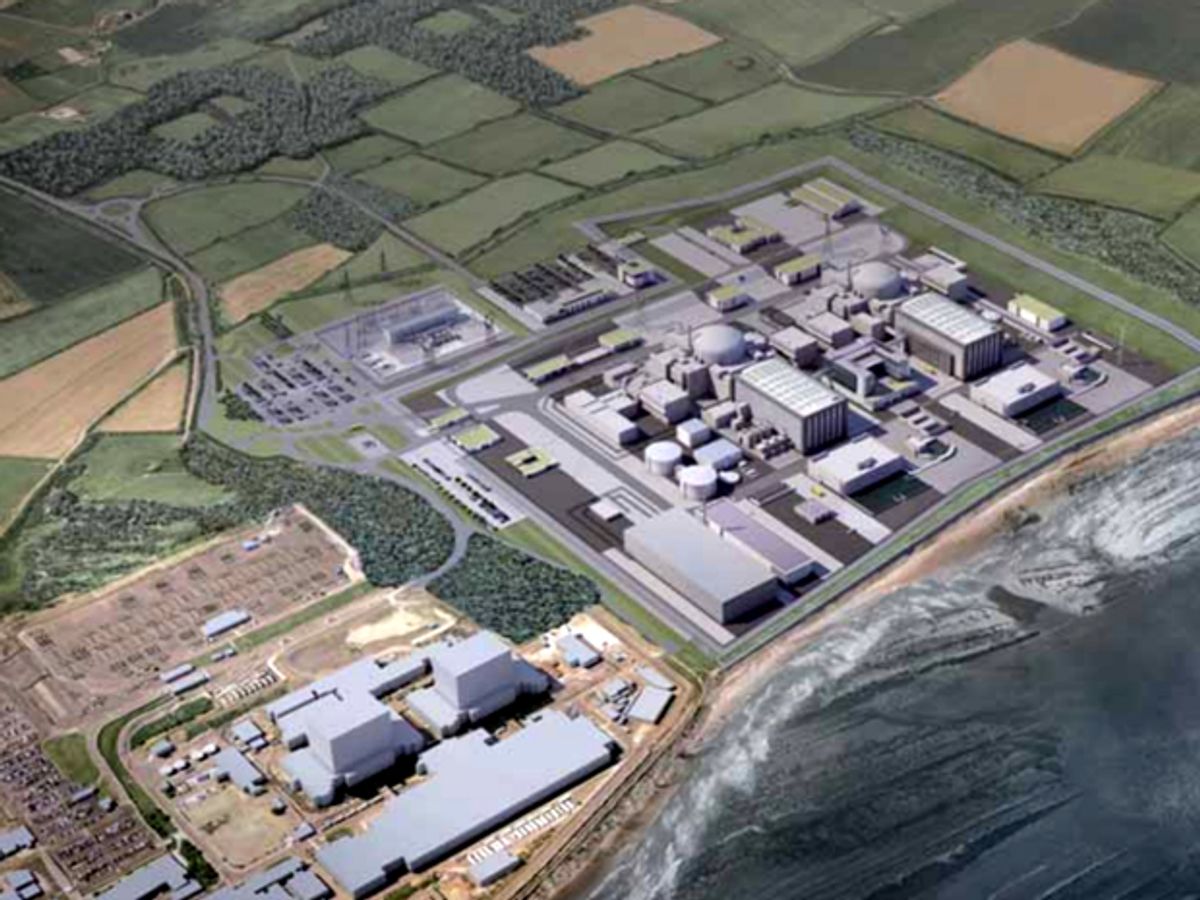Stranger things have happened in the world of electricity restructuring and deregulation. Five years ago, when the Philippines privatized its national transmission organization, the winning consortium included the State Grid Corporation of China, an organ of the PRC’s communist state. Around that same time, some residents of Brooklyn, N.Y., (this writer among them) were dismayed to discover that they were now buying their natural gas not from a trusted local company but from the operator of a faraway country’s electrical transmission system. The company in question, National Grid of the U.K., was created after Margaret Thatcher’s Britain “unbundled” electricity and sold much of the world on the idea of competition in electric power.
But late last week, Britain’s Chancellor of the Exchequer—the country’s finance minister—announced during a visit to a nuclear power plant in China that the tables have turned. Apparently, Chinese companies will now be welcome to take stakes in nuclear power projects in Britain and eventually even take majority ownership. And according to the New York Times, French power utility Electricité de France (EDF) confirmed today it has has gotten the go-ahead from the U.K. government to build the proposed Hinkley Point C plant in Somerset, UK [illustration, above]. The facility, which will be the first new nuclear power plant to come on line in the country in almost 30 years, is expected to cost £16 billion (about US $26 billion).EDF's partners in the venture include China’s General Nuclear Power Corporation and the China National Nuclear Corporation. The two Chinese entities will together hold a stake totaling between 30 and 40 percent of the project, says the New York Times.
The Financial Times previously reported that the agreement might be the impetus for British companies such as Rolls Royce and International Nuclear Services to invest and participate in Chinese nuclear power projects.
In contrast to some continental European countries like Germany, Austria, and Italy, the British government wishes to stick with nuclear energy and pave the way for a second generation of atomic power plant construction. Its philosophy and approach is essentially similar to that of the current U.S. government’s. But whereas the Obama administration has provided big loan guarantees for two new nuclear projects in the U.S. Southeast, the British government eschews direct subsidies and instead will set a price floor for electricity generated by nuclear power plants.
In all, the official British plan calls for construction of 12 new nuclear power plants by 2030, to replace or supplant the 15 facilities currently operated in the UK by EDF. Britain’s so-called “strike price” for nuclear electricity is expected to be set at £92.5 per megawatthour (roughly 15 U.S. cents per kilowatthour), which is reportedly about double the current average wholesale price in the UK. The strike price approach appears to be a way of protecting the British government and public against cost overruns and delays like those that have plagued EDF’s initial second-generation reactor project at Flamanville, France. If the government were subsidizing Hinkley directly and things started going wrong, it would be tempted to throw good money after bad; the strike price basically tells the industry it can expect so-and-so much return from the project but no more—if something goes badly, that’s the builders’ problem, not ratepayers’.
Illustration: EDF Energy



